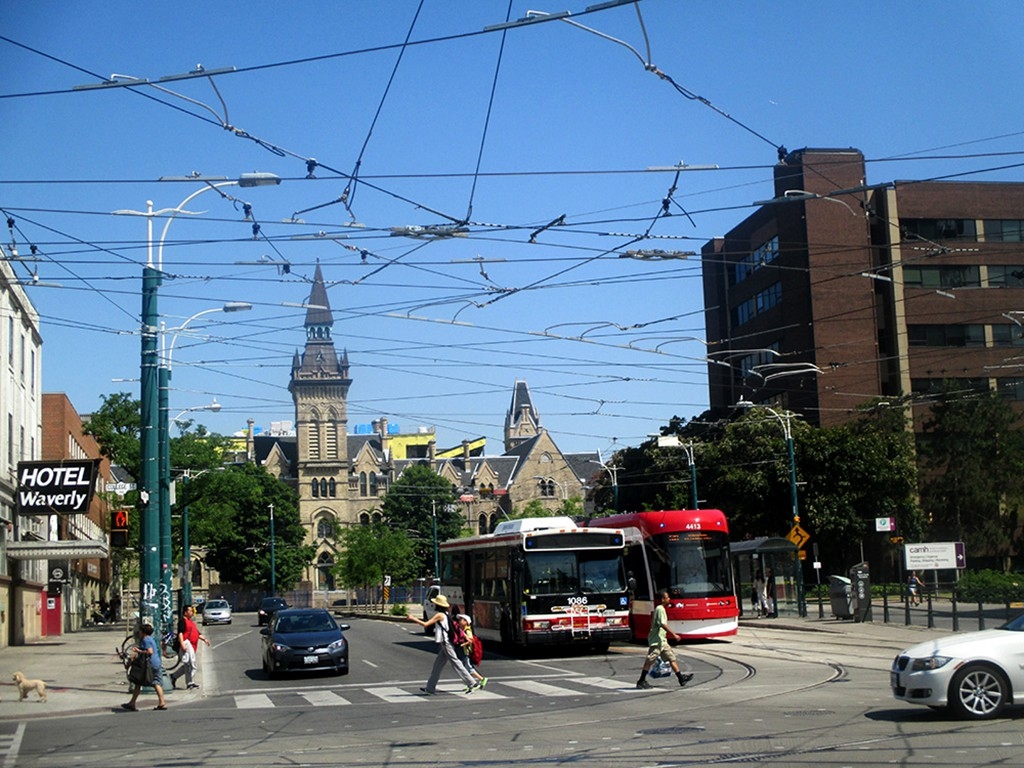Navigating Toronto’s Public Transit System
Toronto’s public transit system, operated by the Toronto Transit Commission (TTC), is a comprehensive network of buses, subways, and streetcars. Understanding how to connect between these modes of transportation can make your travel around the city efficient and stress-free. This guide provides practical tips for navigating Toronto’s transit system, ensuring you can move seamlessly from one mode to another.
Understanding the TTC System
The TTC system is designed to cover the entire city, with buses, subways, and streetcars working in tandem to provide extensive coverage. The subway is the backbone of the system, with four main lines: Line 1 (Yonge-University), Line 2 (Bloor-Danforth), Line 3 (Scarborough), and Line 4 (Sheppard). These lines intersect at key points, allowing for easy transfers. Buses and streetcars extend the reach of the subway, covering areas not directly accessible by train.
To connect between these modes, it’s essential to understand the layout of the system. Subway stations often serve as major hubs where you can transfer to buses or streetcars. For example, at Union Station, you can switch from the subway to streetcars that travel along the waterfront. Similarly, at major intersections like Bloor-Yonge or St. George, you can transfer between subway lines.
Using Presto Cards for Seamless Transfers
A Presto card is a smart card that allows you to pay for your fare across all TTC services, including buses, subways, and streetcars. Using a Presto card simplifies the transfer process, as it automatically calculates and deducts the correct fare when you tap on and off at different transit modes. This eliminates the need for paper transfers and ensures you only pay once for a continuous journey within a two-hour window.
To use a Presto card, simply tap it on the card reader when you board a bus, enter a subway station, or board a streetcar. The system will recognize your transfer and not charge you an additional fare if you are within the transfer time limit. Presto cards can be purchased and reloaded at subway stations, online, or at select retail locations.
Planning Your Route
Planning your route in advance can save time and reduce stress. The TTC website and various mobile apps provide real-time information on schedules, routes, and service alerts. These tools can help you determine the best connections between buses, subways, and streetcars, taking into account any service disruptions or delays.
When planning your trip, consider the frequency of service for each mode of transportation. Subways generally run more frequently than buses and streetcars, especially during peak hours. If you need to transfer between a subway and a bus or streetcar, check the schedule to minimize wait times. Additionally, some routes offer express services that can significantly reduce travel time.
Tips for a Smooth Transit Experience
- Timing: Try to travel during off-peak hours to avoid crowded trains and buses. Peak hours are typically from 7:00 AM to 9:00 AM and 4:00 PM to 6:00 PM on weekdays.
- Accessibility: All subway stations and most buses and streetcars are accessible to those with mobility challenges. Check the TTC website for specific accessibility features at each station.
- Safety: Keep an eye on your belongings and be aware of your surroundings, especially during late-night travel. The TTC has a SafeTTC app for reporting any safety concerns.
- Customer Service: If you need assistance, TTC staff are available at subway stations and can provide information and help with directions.
By understanding the TTC system, using a Presto card, planning your route, and following these tips, you can navigate Toronto’s public transit system with ease. Whether you’re a resident or a visitor, these strategies will help you make the most of your travel experience in the city.
